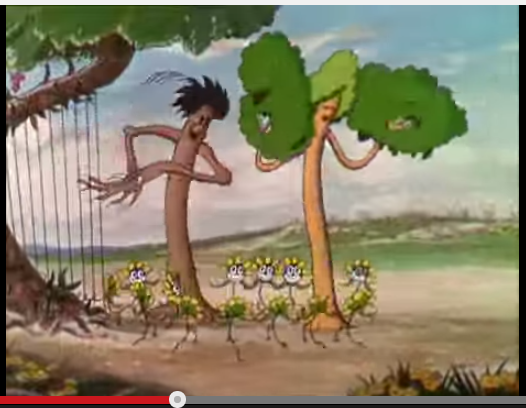When I first looked at the brief I predicted what topics I
would find most interesting and relevant to me. However over the course of
several weeks I was surprised at what I did and didn’t find interesting. Now I
wished I made more of an effort to attend all lectures, as it was difficult to
predict which weeks would have appealed most to me. One of my concerns with the
reports is that they often have a limited number of sources. I felt with being
limited to 500 words I wouldn’t be able to go into great depth or detail about
the subject particularly if there were so many sources to include.
Satire and Protest sparked an interest for me. The idea of
exploring and expressing strong and radical opinions really appealed to me, a
way of letting out inner thoughts about the world in an acceptable manner. Something
I’m gradually looking into. Through research I discovered historical satire is
a great way of finding out about politics in history. I felt my responses to
satire were successfully as they accurately capture what satire is and its
spirit.
Anthropomorphism was the most relevant to my work as it links
in well with current work. Meaning I had a good amount of practical work, at a
good standard, to support my report. Because anthropomorphism is so loved by
people it made it the easiest to research and I was able to incorporate a good
number of sources. The combination of good practical work and a variety of
sources helps make the report my strongest. I was also familiar with the
subject manner, although I was the most interested in satire, I had very little
knowledge and was learning from scratch. Which is why anthropomorphism was the
stronger report.
When it came to Graphic Symbols I was less enthusiastic
about the other reports but I was intrigued by the effectiveness of its use.
Unlike the other reports I had little thoughts and opinions about graphic
symbols so I simply responded to the information I gathered. This made it an
effective and informative report but not as interesting or as engaging as my
other reports.
As a woman, addressing gender is important to me, however I
had to be carefully not to get to focused on general feminist issues and keep
it relevant to visual culture. One of the things I’m disappointed about with
this report was not exploring the concept of beauty and the influence it has on
the visual world. I felt limited in what issues I could discuss and I’m not
sure if I’ve fully supported them with my research, making it one of my weaker
reports.
At first I found it hard to feel inspired or engaged with
some of the subjects but as the weeks past I found subjects that interested me
and ones I didn’t know I was interested in. I have been inspired by satire,
deepened my understanding of anthropomorphism, appreciated graphic symbolism
and understood that gender has nothing to do with great characters or art. All
in all I’d say the reports have added to my work and my understanding of the
visual world.

























